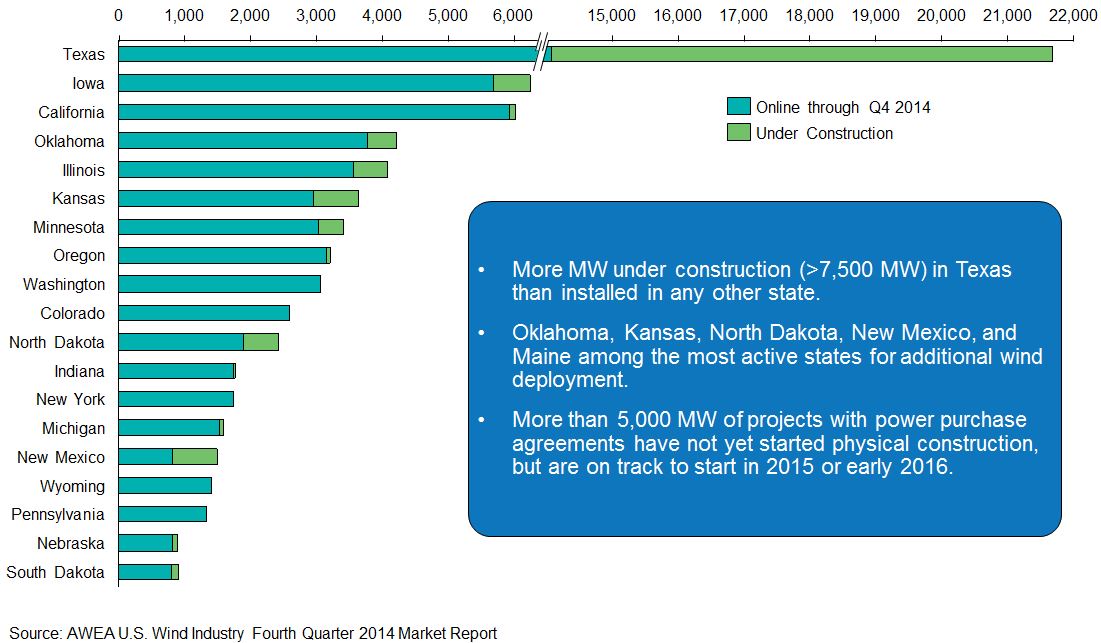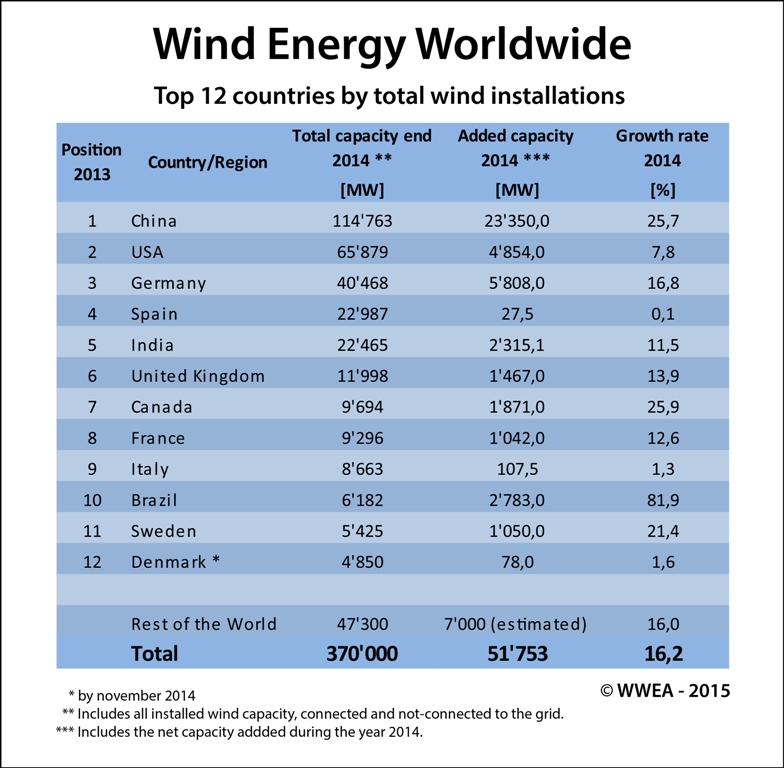Some 44 Australian wind energy projects, about half overseas-funded, have been shelved since a new conservative government said it wanted to cut state support for the industry a year ago, with investors and operators saying they are considering either downscaling or leaving the country altogether if it succeeds.
Australia faces a $13.3 billion exodus of investment from its wind farm industry because of a political deadlock, threatening to deal the country a major economic blow and kill hopes of meeting a self-imposed clean energy target.
Some 44 Australian windfarm projects, about half overseas-funded, have been shelved since a new conservative government said it wanted to cut state support for the industry a year ago, with investors and operators saying they are considering either downscaling or leaving the country altogether if it succeeds.
Even Australian wind farm companies such as Infigen and Pacific Hydro have effectively shelved their Australian operations, with Infigen saying it plans to pour all its financial muscle into the more amenable US market.
"It's a difficult time at the moment, and the policy uncertainty is the main cause of it," said Shaq Mohajerani, an Australian spokesman for wind farm company Union Fenosa, owned by Spanish energy giant Gas Natural.
"We're still considering all options on how to proceed. The parent company will provide us with the strategy."
A Gas Natural spokesperson said the firm had an "attractive backlog" in Australia but "we are waiting for the whole development of the new framework for renewable energy and hope our presence ... in the country can be maintained".
Wind power in Australia is not the only renewable energy sector to be affected by uncertainty over government subsidies or actual cuts. In Europe, Germany has scaled back support for solar power over the past few years, leading to a flood of insolvency filings by solar firms and a shrunken market.
Italy's plans to cut subsidies for solar power firms have prompted an investor exodus. Retroactive solar subsidy cuts have also happened in Spain, Greece, Bulgaria and the Czech Republic over the past couple of years, putting off new investors as governments try to rein in energy costs and cut debt.
Wind farms are Australia's second ranking renewable energy source, behind hydropower but ahead of solar, providing a quarter of the country's clean energy and 4 per cent of its total energy demand. But while households can collect rebates for installing their own rooftop solar panels, wind farms rely on "certificates", or tradable securities handed out by the government, to offset costs.
That support hit a roadblock a year ago when new conservative prime minister Tony Abbott ordered a review of the country's target for clean energy use by 2020, which ultimately recommended slashing it by a third, in line with falling overall energy demand. A lower target would mean a lower certificate price.
The center-left Labor opposition, whose support the government needs to lower the target, refused to budge on the higher target it set when in power in 2009, resulting in an impasse that has effectively seen the industry grind to a halt.
A spokeswoman for US-owned GE Australia & New Zealand, which has stakes in several renewable energy projects, said further investment "will only occur once investor confidence in the policy environment is restored. For this to happen, bipartisan support regarding the future of the renewable energy target is essential."
The Australian arm of Spanish infrastructure group Acciona, the world's largest renewable energy firm, has frozen about Australian dollar 750 million of wind farm projects because of the stalemate, said local managing director Andrew Thomson.
"When you're a subsidiary (of a global business), you're competing for capital, you're competing for your budget allocation next year," he said.
"If the parent company can't see that there's a stable environment it becomes really difficult to get traction. For us at the moment it's a really difficult sell."
If the renewable energy target is cut, "it's the type of jolt to industry that basically would create such an upheaval that you would have a mass exodus", said Alex Hewitt, managing director of Bulgarian-Polish-US-backed wind farm operator CWP Renewables, which has Australian dollar 1.5 billion of projects on ice.
"I can't say whether we'd completely exit the country, but you would be looking at such a level of reduction in the level of investment into people in the company that it would be very significant," Hewitt said.






















